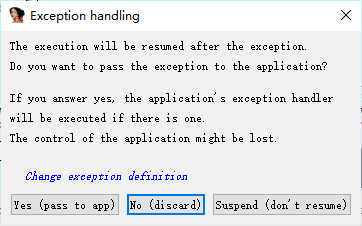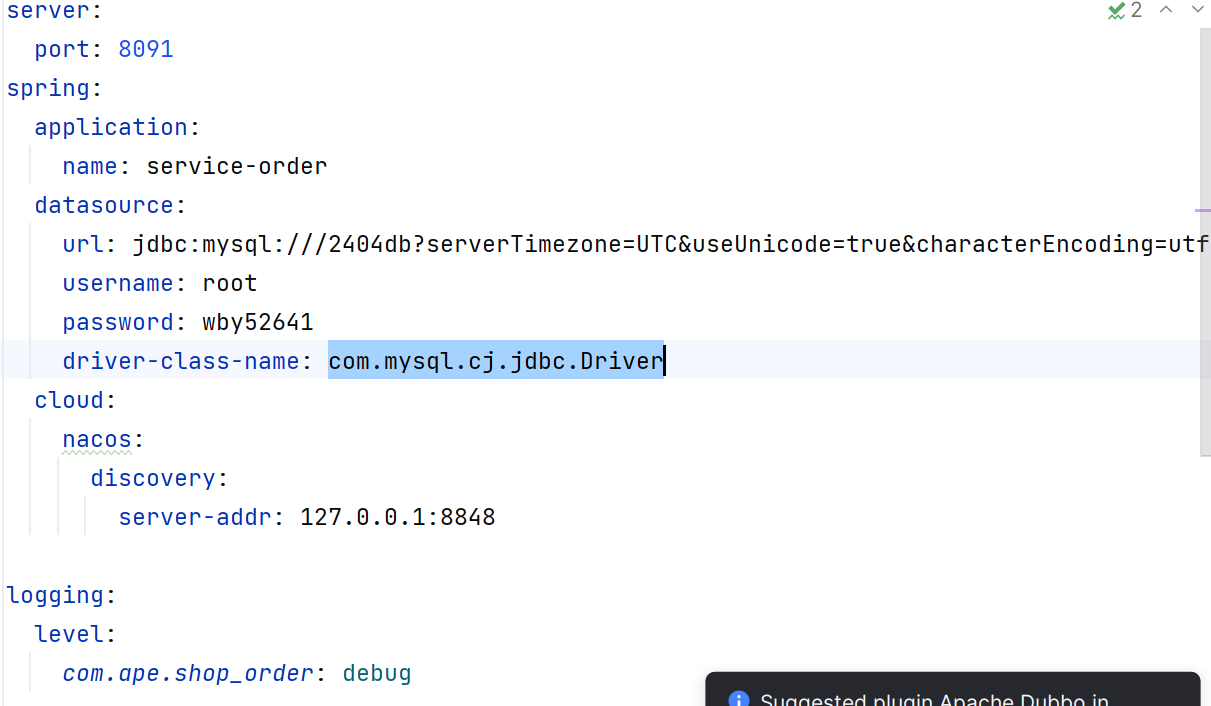
引言
在Python中,装饰器是一种强大的工具,它允许程序员以一种简洁而优雅的方式修改函数或类的行为。装饰器本质上是一个接受函数作为参数的函数,并返回一个新的函数。本文将从装饰器的基础开始介绍,并逐步深入到一些高级用法。
装饰器基础
1. 基本定义
装饰器可以用来添加新的功能,或者修改现有函数的行为。最简单的装饰器形式如下:
def my_decorator(func):
def wrapper():
print("Something is happening before the function is called.")
func()
print("Something is happening after the function is called.")
return wrapper
2. 使用装饰器
要使用上述装饰器,我们可以在定义函数时通过“@”符号来调用装饰器:
@my_decorator
def say_hello():
print("Hello!")
say_hello()
运行这段代码将会输出:
Something is happening before the function is called.
Hello!
Something is happening after the function is called.
高级装饰器
1. 接收参数的装饰器
有时候我们需要为装饰器提供额外的参数,例如计时装饰器,它可以记录并打印出函数执行的时间:
import time
def timer_decorator(timeout):
def decorator(func):
def wrapper(*args, **kwargs):
start_time = time.time()
result = func(*args, **kwargs)
end_time = time.time()
elapsed_time = end_time - start_time
if elapsed_time > timeout:
print(f"Function '{func.__name__}' took {elapsed_time:.4f} seconds to run.")
return result
return wrapper
return decorator
@timer_decorator(1) # 设置超时时间为1秒
def do_something():
time.sleep(1.5)
do_something()
2. 装饰器类
装饰器不仅可以是函数,也可以是类。类装饰器可以通过实现__call__方法来实现:
class ClassDecorator:
def __init__(self, func):
self.func = func
def __call__(self, *args, **kwargs):
print("Before calling the decorated function.")
result = self.func(*args, **kwargs)
print("After calling the decorated function.")
return result
@ClassDecorator
def greet(name):
print(f"Hello, {name}!")
greet("Alice")
结论
通过本文,我们了解了Python装饰器的基本概念和一些高级应用。装饰器提供了一种灵活的方式来扩展和修改函数的行为,使得代码更加模块化和可维护。希望本文能够帮助你更好地理解和运用装饰器这一强大的工具!
以上就是一个关于Python装饰器的简单介绍和示例。您可以根据自己的需要对这篇文章进行修改和补充,使其更加符合您的个人风格和需求。



















